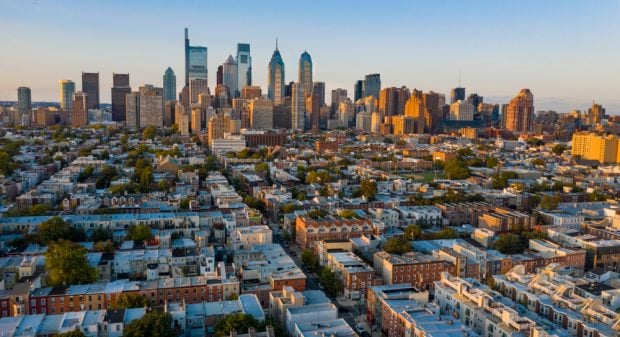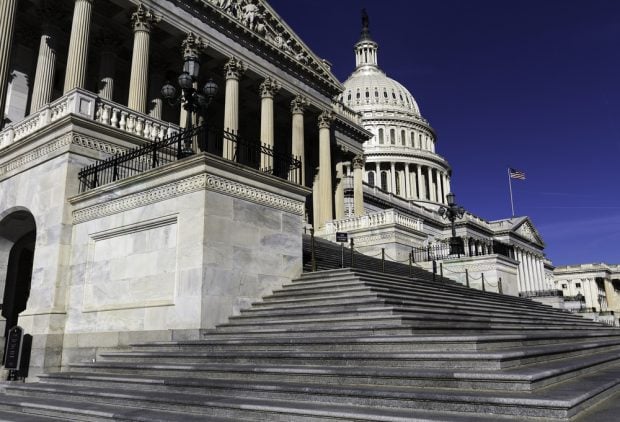WEST PALM BEACH, Fla. – As the third anniversary of 9/11approaches, architects and builders are still wrestling withtechniques to make structures more secure from terrorist attacks.Financial institutions, including credit unions, have for decades –indeed, centuries – taken steps to thwart armed robbery. But theymay now face a new list of questions. Is the credit union near apower plant, reservoir or major transportation hub that could bethe target of a bomb or biological attack? Is there a federalbuilding close enough that the credit union could be affected byany bomb blast there? With the Murrah Federal Building in OklahomaCity in mind, the list of questions covers threats from domestic aswell as foreign groups. The danger goes beyond assaults ongovernment facilities. For example, is there a Planned Parenthoodclinic next door that could face an attack by anti-abortionists? Toreflect this need for outside-the-box thinking, Credit Union Timescontacted experts not directly linked to the credit union industry.They agree the dangers faced by each business, including a creditunion, will differ depending primarily depending on location, justas the risk of armed robbery can vary between a credit union in ahigh-crime neighborhood and one in a less troubled area. BarbaraNadel is principal of Barbara Nadel Architect in New York City andthe author of Building Security: Handbook for ArchitecturalPlanning and Design that has been cited as a definitive work on thesubject. “Each facility should do a threat assessment andvulnerability analysis. That has to do with where they're located.If they're one tenant out of several, for example in a high-rise oroffice park, they should look at what potential threats are in thatbuilding or neighborhood,” Nadel says. “An adjacent facility thatmight pose a threat could be an embassy or a global corporation,someone who might draw attention from disgruntled groups. It's notonly the threats to the credit union, but the threats to yourbuilding, your area.” After assessing the risk, she continues, lookat your vulnerability. Do you have cameras in the right places? Areyou tracking movement in the parking lot? Where are you vulnerablein relation to the dangers you're considering? Nadel believescredit unions can heighten security without turning branches intooppressive fortresses. “Utilize transparent security that isbasically invisible to the public eye wherever you can,” shestresses. “I just came from a conference of 200 landscapearchitects and designers, many of whom are involved withWashington, D.C. The overwhelming theme was we don't want to buildcities of bunkers. Everybody is looking at fresh ways to createsecurity in the environment in ways that are pleasant. “Be sure thearchitects and engineers you work with are aware of the latestsecurity issues. There are now a lot more factors in play. Workwith your staff to do drills.” Yes, employees may be trained inresponding to an armed robber, but if they flee the building aftera bomb explodes do they know to be wary of delayed secondaryexplosive devices intended to harm first responders? Cost is anissue, Nadel acknowledges. You may not be able to afford toimplement at one time all the security features you want. Determinepriorities, and decide what you want to protect first. Inadditional to bomb attacks, potential threats from chemical,biological and radiological attacks are creating new issues forarchitects and engineers. In fact, HPAC Engineering, a publicationfor heating, piping and air conditioning specialists, will publisha special supplement this fall called “Introducing HomelandSecurity for Buildings.” HPAC Engineering Editor-in-chief MichaelIvanovich has written an article on “The Scope and Mission ofHomeland Security for Buildings” scheduled for that supplement.Ivanovich echoes Nadel's point that all commercial buildingoccupants should conduct some type of threat assessment. They maydo so working with local authorities, including first responders.“Because many credit unions are key financial institutions withintheir communities, they need to be aware of their role and havesome idea of what the threats are and how they might respond. Canthey maintain their financial activity?,” he asks. Ivanovich sayspeople are becoming aware of resources such as the FederalEmergency Management Agency's publication “Homeland Security forBuildings.” However, he adds, although there's a lot of discussionrelatively little money is actually being spent. Federal facilitiesand other obvious targets may have ratcheted up their security, butthat's not true for rank-and-file commercial buildings. Since mostof the discussions in HPAC Engineering have focused on heating,ventilation and air conditioning, Ivanovich shares some commentsabout HVAC at credit unions in the age of terrorism. The majorconcern is a chemical or biological attack on a nearby facilityspreading to a credit union. “Many of the measures being promotedare looking at making sure your building is working properly tobegin with. Is it leaking to the outside air? Are the internalmechanical systems in good working order and sealed up well? Do youhave good filtration? Do you have a filter management program? Areyour people well trained? Is your building staff connected withfirst responders and things of that nature?,” Ivanovich asks. Hesuggests if you can answer yes to questions like this, you not onlymake your building more secure, you also make it more energyefficient and comfortable. Delta Scientific, Valencia, Calif.,closely tracks security issues. The company produces high-securityvehicle barricade systems, parking control equipment and guardbooths that are used nationwide, including at U.S. embassies andother facilities. The list of financial institution clientsincludes Federal Reserve banks. Senior VP David Dickinson recallsone of the architects Delta Scientific works with was standing onthe roof of the Federal Reserve Bank in New York City a few blocksfrom the World Trade Center on September 11, 2001, during theattack. Banking clients have been placing Delta Scientific productsnot primarily at retail locations but at data centers and othercites important to the nation's infrastructure. “Our clients don'tjust say, `Oh, we feel threatened. We're going to do something.'They make their decisions based on input from the FBI or otherfederal agencies coming to them and saying, `By the way, you werementioned in a communication as a potential target.'” -
|Complete your profile to continue reading and get FREE access to CUTimes.com, part of your ALM digital membership.
Your access to unlimited CUTimes.com content isn’t changing.
Once you are an ALM digital member, you’ll receive:
- Critical CUTimes.com information including comprehensive product and service provider listings via the Marketplace Directory, CU Careers, resources from industry leaders, webcasts, and breaking news, analysis and more with our informative Newsletters.
- Exclusive discounts on ALM and CU Times events.
- Access to other award-winning ALM websites including Law.com and GlobeSt.com.
Already have an account? Sign In
© 2024 ALM Global, LLC, All Rights Reserved. Request academic re-use from www.copyright.com. All other uses, submit a request to [email protected]. For more information visit Asset & Logo Licensing.









